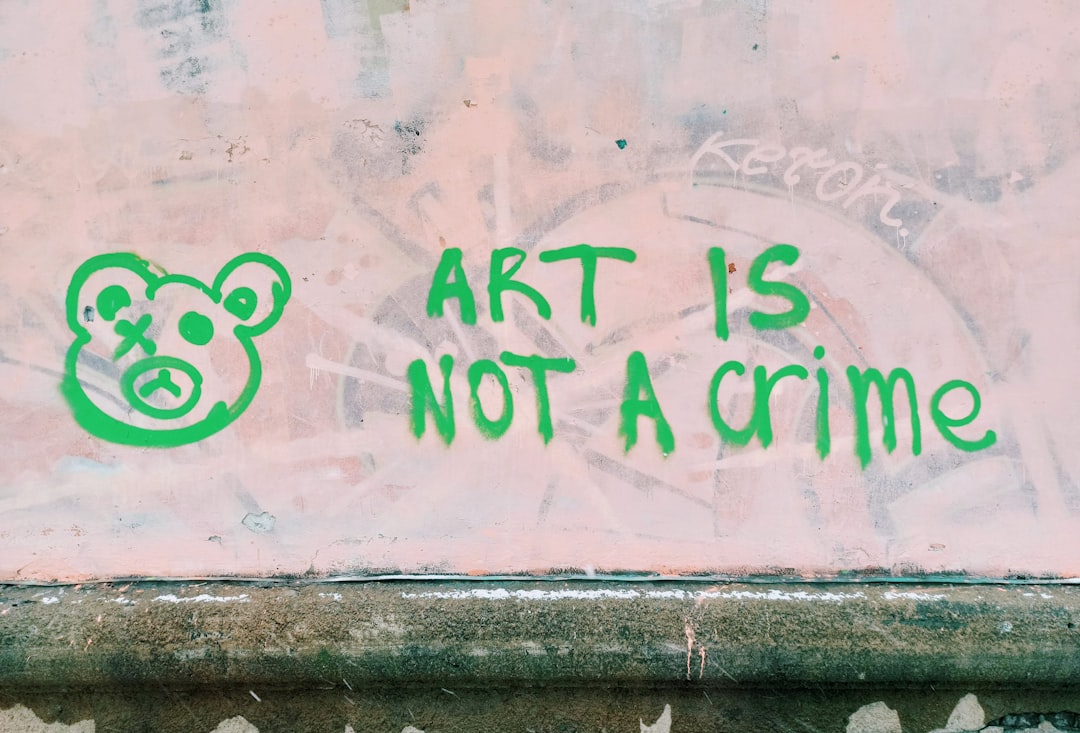The Art of War: Wisdom, Strategy, and Influence Across Millennia
Introduction
The phrase "The Art of War" instantly evokes images of ancient battlefields, armored warriors, and brilliant generals. More importantly, it represents not only conflict but also the philosophical, psychological, and strategic considerations that underpin success and survival. Though most famously attributed to Sun Tzu’s 5th century BCE treatise, the principles of the art of war transcend that seminal work, echoing through centuries of military theory, politics, business, and personal development. This article will explore the origins, evolution, key doctrines, and enduring influence of the art of war, utilizing tables to clarify concepts and demonstrate applications.
Origins: Sun Tzu and Beyond
Sun Tzu’s Legacy
Sun Tzu, an ancient Chinese general, philosopher, and strategist, composed The Art of War over 2,500 years ago. His work comprises 13 succinct chapters, each devoted to an aspect of warfare and strategy. It distills military genius into memorable aphorisms that stress psychology, deceit, flexibility, and efficiency.
However, the art of war as a subject transcends Sun Tzu, with contributions arising in the works of:
- Carl von Clausewitz ("On War," early 19th century)
- Niccolò Machiavelli ("The Art of War," 1521)
- Vegetius ("De Re Militari," 4th century)
- Samurai treatises like Miyamoto Musashi’s "The Book of Five Rings" (1645).
Core Principles and Doctrines
The following table distills some essential maxims from Sun Tzu and other theorists:
| Principle | Sun Tzu Example | Broader Application | Modern Relevance |
|---|---|---|---|
| Know Yourself and the Enemy | "If you know the enemy and know yourself, you need not fear the result of a hundred battles." | Self-awareness, intelligence | Leadership, business competition |
| Deception | "All warfare is based on deception." | Misinformation, surprise attacks | Advertising, politics |
| Flexibility | "Water shapes its course according to the nature of the ground." | Adapt strategies to environments | Crisis management |
| Economy of Force | "The supreme art of war is to subdue the enemy without fighting." | Avoid costly battles, seek efficiency | Negotiation, conflict resolution |
| Moral Authority | The Mandate of Heaven — righteous cause motivates troops | Win 'hearts and minds' | Motivational leadership |
The Strategic Process
The success of any venture hinges not only on the initial plan but the artful adaptation to changing circumstances. The art of war frames conflict and competition as dynamic, interactive systems where preparation, perception, and innovation are crucial.
Key Steps in Military Strategy
| Stage | Definition | Actions Involved |
|---|---|---|
| Situation Analysis | Understanding self, enemy, and field | Intelligence gathering, terrain assessment |
| Planning | Developing goals and intent | Designing campaigns, logistics, contingency planning |
| Execution | Realizing objectives | Maneuver, combat, psychological operations |
| Adaptation | Responding to developments | Changing tactics, exploiting enemy errors |
| Consolidation | Securing gains | Occupation, diplomacy, post-conflict rebuilding |
The Art of War in Modern Life
Beyond the Battlefield
In the 21st century, The Art of War is a staple in MBA programs, sports coaching, boardrooms, and personal development. Its lessons address:
- Corporate strategy: Competitive analysis and market entry.
- Law: Anticipating and countering opponents’ moves.
- Negotiation: Psychological leverage and timing.
- Sports: Adapting to the opposition’s tactics.
- Personal development: Self-discipline, goal-setting, overcoming adversity.
Example: Business Competition
| Sun Tzu’s Concept | Business Analogy | Example |
|---|---|---|
| Know the enemy | Research competitors | Benchmarking rival products |
| Attack weaknesses | Find market gaps | Launch new features where rivals lack them |
| Deception | Confidential product launches | Apple’s secrecy around iPhone releases |
| Forcing surrender | Outmaneuver without a price war | Strategic partnerships to isolate competitors |
| Flexibility | Adapt to market shifts | Pivoting to remote work products during COVID |
Criticisms and Limitations
While The Art of War’s universal appeal is clear, it is not a panacea.
- Ambiguity: The aphoristic style can be vague and open to interpretation.
- Overuse in Non-Military Contexts: Not every principle translates seamlessly—aggressive strategies or deception can backfire ethically or practically in business and life.
- Technological Changes: Sun Tzu could not foresee cyberwarfare, nuclear strategy, or drone technology, which demand new frameworks.
Enduring Impact
The art of war remains influential for its:
- Emphasis on flexibility: Victory is won by those who best adapt.
- Human focus: Morale, perception, and psychology are as important as firepower.
- Enlightened minimalism: The highest objective is victory without conflict—a sustainable ideal in an age of relentless competition.
Conclusion
The art of war, born in battle but refined as philosophy, transcends its origins as a military treatise. Whether waged with swords or spreadsheets, success demands preparation, perception, adaptability, and sometimes, the courage to win without fighting. Sun Tzu’s legacy is not merely the science of conflict, but the wisdom to wield power, in any arena, with insight and subtlety.
Further Reading
- Sun Tzu. The Art of War (Various translations)
- Carl von Clausewitz. On War
- Niccolò Machiavelli. The Art of War
- Miyamoto Musashi. The Book of Five Rings
Table sources: Synthesized from primary texts and contemporary applications.
